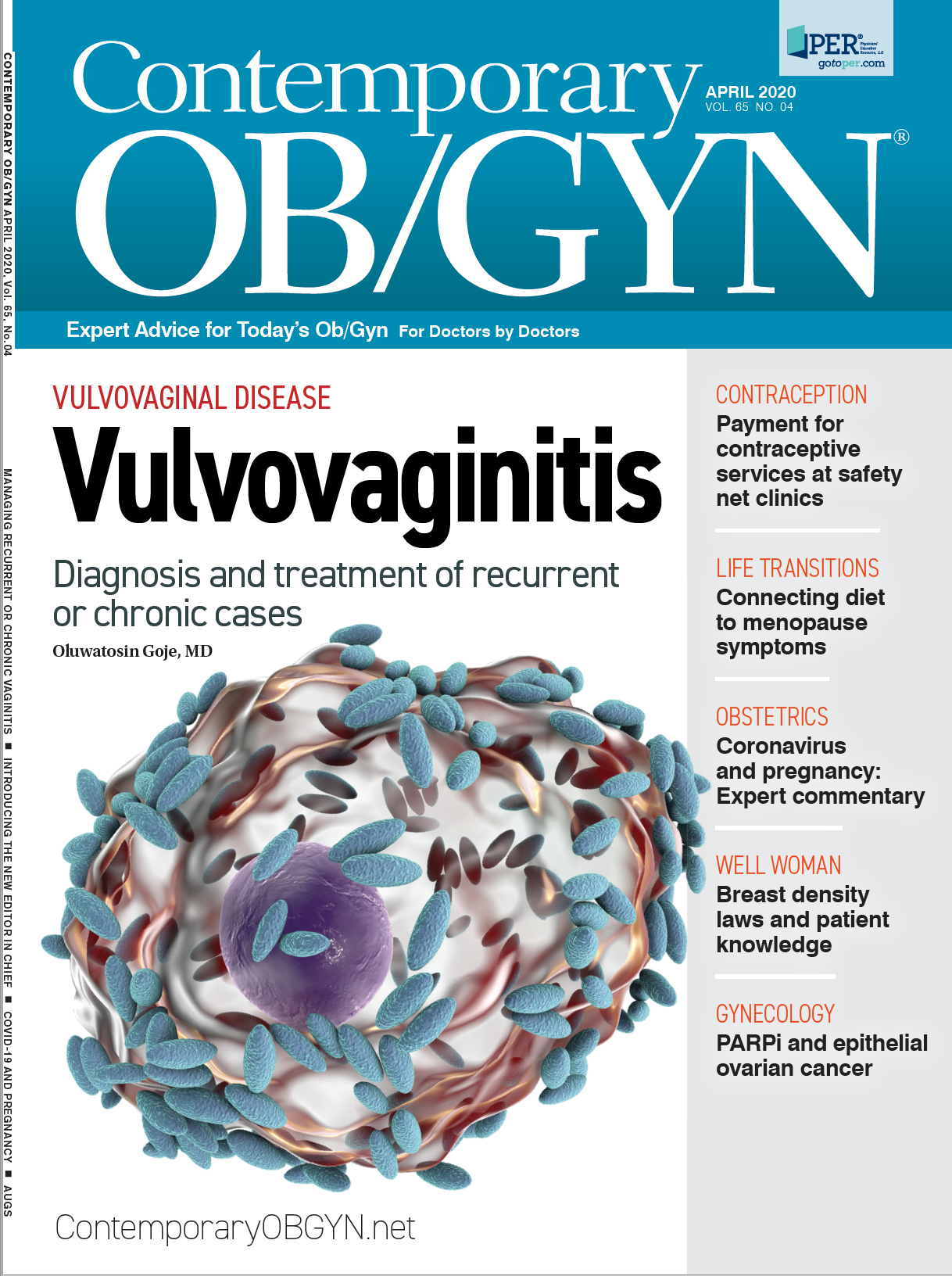Only 23% of women knew that increased breast density was associated with higher risk of breast cancer.
Breast density laws and patient knowledge
Currently, 38 states and the District of Columbia have enacted dense breast notification (DBN) laws mandating that mammogram results include language informing women of risks related to dense breasts.
However, new research from the Journal of General Internal Medicine shows that these laws are not associated with an increased understanding of the clinical implications of breast density.
The study assessed the association of residing in a state with a DBN law and a woman’s awareness and knowledge about breast density through survey responses. The survey also looked at breast cancer anxiety.
The internet survey was conducted in 2018 with participants in KnowledgePanel®, an online research panel. Participants were English-speaking women between ages 40 and 59 without a personal history of breast cancer who had received at least one screening mammogram (N = 1928; survey completion rate 68.2%).
The four main measures of the survey were: 1) reported history of increased breast density; 2) knowledge of the increased risk of breast cancer from dense breasts; 3) knowledge of the masking effect of dense breasts on mammography and 4) breast cancer anxiety.
Based on weighted analysis, 41.3% of women reported a history of increased breast density. A much higher proportion of survey participants who lived in states with DBN reported having increased breast density compared with women who reported living in states with no law (43.6% vs 32.7%, P < 0.01).
In multivariable regression, women residing in a DBN state were more likely to report increased breast density (OR 1.70, 95% CI 1.34-2.17), as were older women, women with a high school education or higher, and with public or private insurance (compared with no insurance).
Black and Hispanic women were less likely than white women to report having increased breast density. Only 23.0% of women overall know that increased breast density was associated with a higher risk of breast cancer and 68.0% of women understood that dense breasts decreased the sensitivity of mammography.
However, the authors found no difference between women from DBN and non-DBN states for these outcomes, or for breast cancer-related anxiety.
Based on their findings, the authors suggest that state DBN laws are not associated with increased understanding of the clinical implications of breast density.
Furthermore, they found that women with lower education may be less likely to benefit from DBN laws.
Ultimately, the authors believe that the clinical implications of a dense breast finding are “complex and personalized and require a conversation between a woman and her provider.”
Reference
- Kyanko KA, Hoag J, Busch SH, et al. Dense breast notification laws, education, and women’s awareness and knowledge of breast density: A nationally representative survey. J Gen Intern Med. August 2020. doi:10.1007/s11606-019-05590-7

